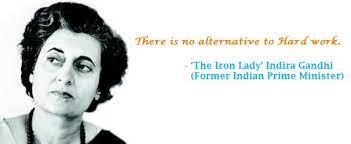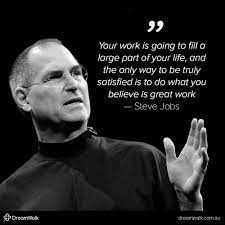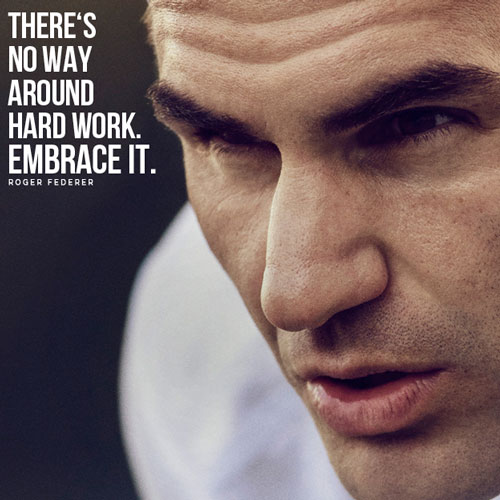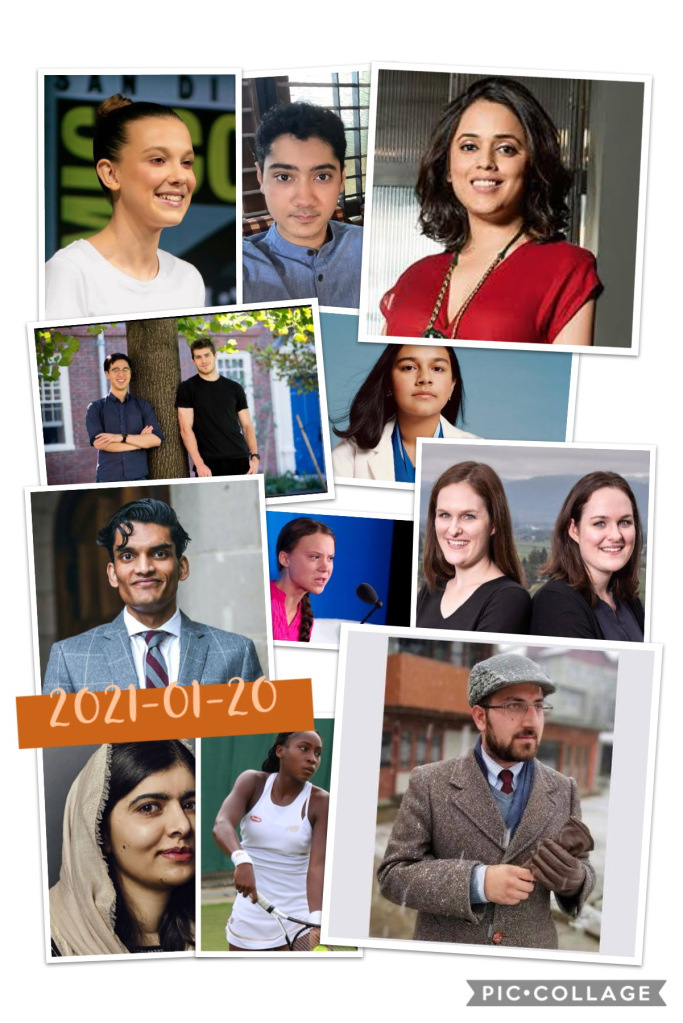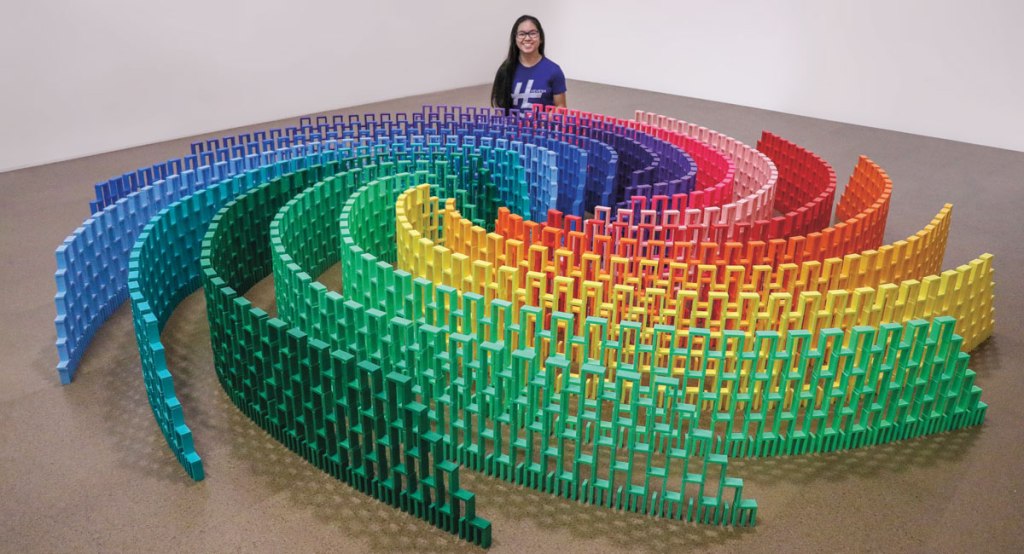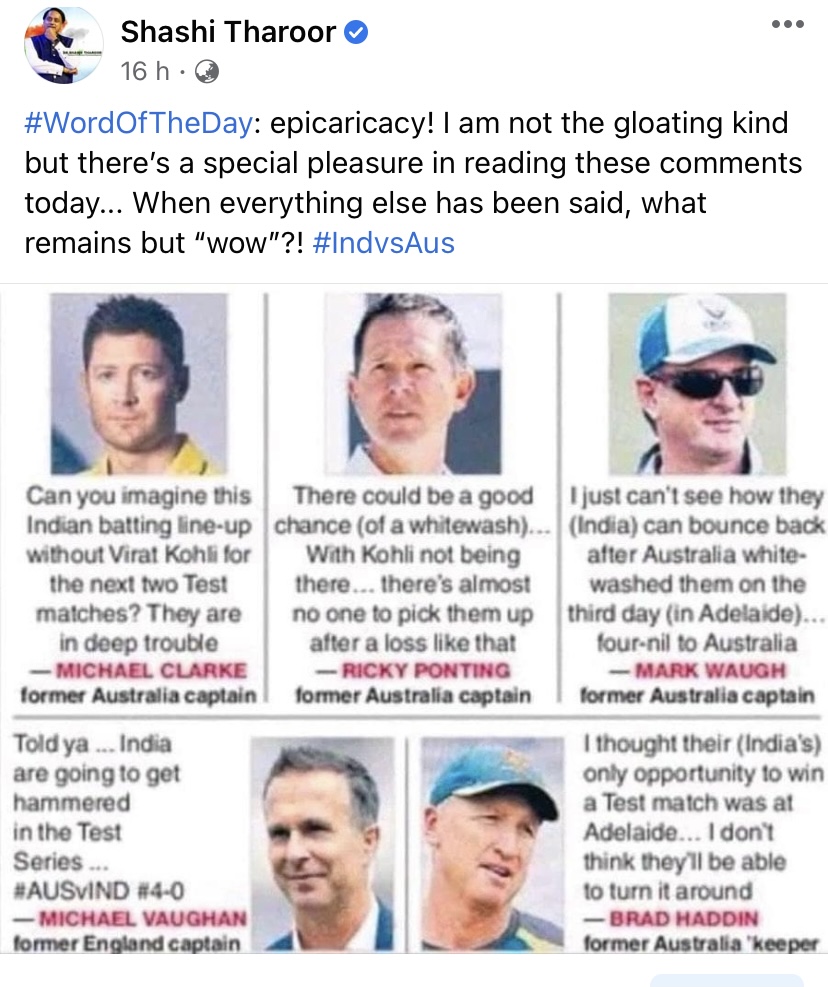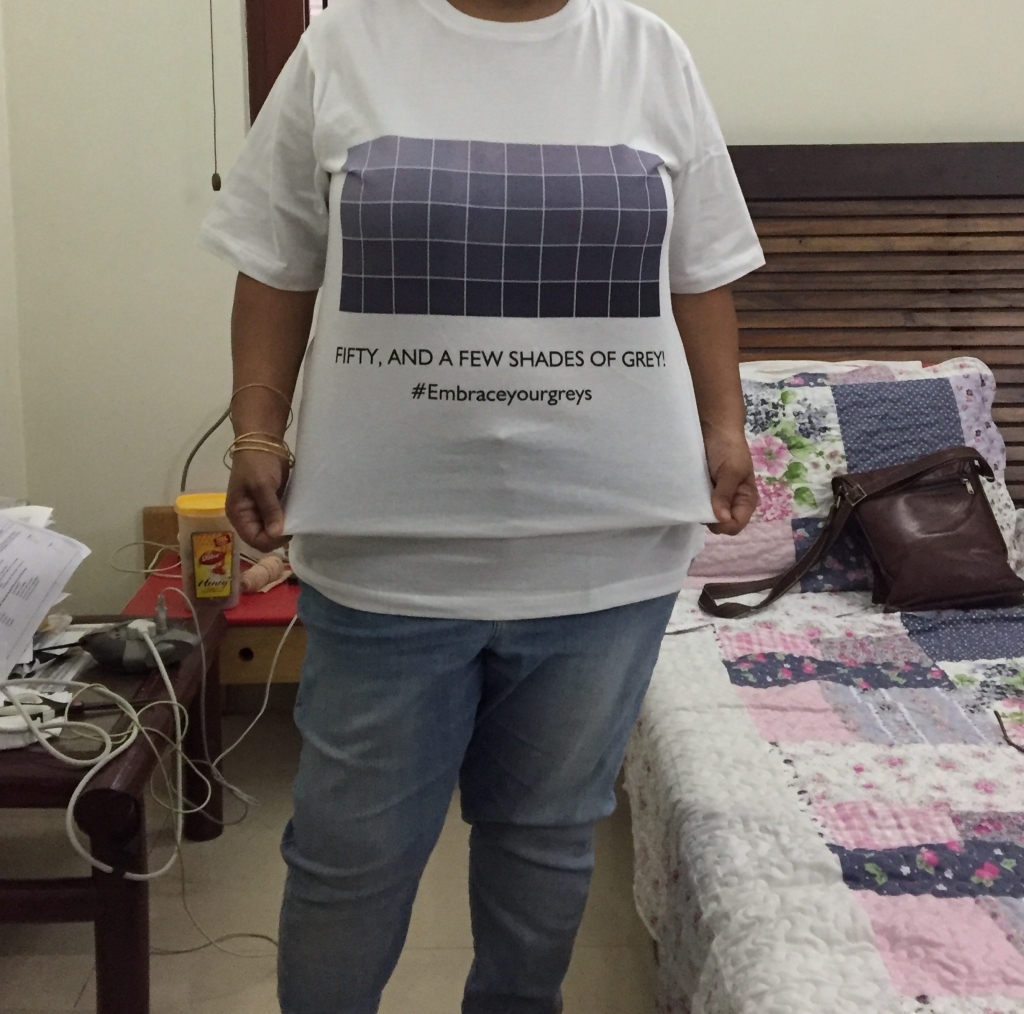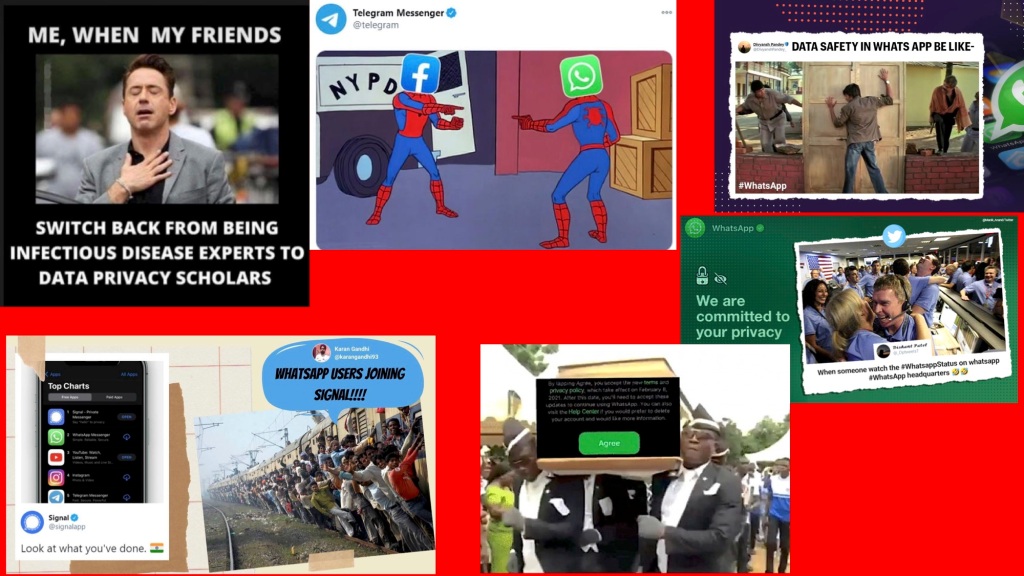How many of you made New Year Resolutions? And how many are still following them.
I make some every year. With the passage of time, they have increasingly become more realistic. Even then, I’m unable to fulfil most – a good example is – to write more. Before you say this is vague and not actionable, it’s ALWAYS quantified and action oriented – e.g., write and publish 12 blogs a year – but, as a glance at my publishing history will show, there are typically one or two pieces in Jan, and it gradually (or steeply) peters off.
Brings me to the point I was trying to make – the concept of doing nothing. Or being “vela”. I’m asked very often – what do you do? And I have to say – nothing! My friends always rush in to defend this saying – oh you’re always busy. But busy has nothing to do with doing something. And THAT’S the point – the fact that time always expands or contracts to fill whatever one wants to do (or, in my case, doesn’t want to do) – I can SERIOUSLY spend all day long watching dog, baby and cooking reels. Just as I used to, with ease, juggle client calls/ oversee multiple output pieces/ listen to HR or ops complaints/ figure strat for the next year, as well as all that is required to raise my daughters…all in 24 hours.
So, (ok actually THIS is the point) – time is elastic. Is that good or bad? What do you think?
Voice is elastic – I am an occasional participant in a music group that meets every morning, run by a superb musician who has made nirgun music her forte and is now specializing in the music/ voices of women of underprivileged backgrounds. And, when speaking of her impressive range of vocal chords, said she used to have a voice with heavy bass but the daily riyaaz plus exercises helped her increase the range. (before you ask – no, of course I don’t do the daily riyaaz and hence voice is still stuck in Rekha Bharadwaj land).
Ofcourse, demand is elastic – price (and income, cross product) elasticity of demand is the basic funda one learnt in eco (a subject I was horrible at). Where do you see it? I see the inelasticity most often in my Rajnigandha – have been eating the small packet from when it was 7/- to now when it is 19/- with no lessening in consumption frequency (though a definite lessening in teeth quality) – so, habit forming substance has inelastic pricing. What else? Do you think the iphone is price inelastic? How high is this going to go?

Since today is women’s day, I HAVE to say women are elastic – I think a good rep is elastigirl (remember the one from Incredibles – the mom who has superhuman elasticity granting her the ability to stretch any part of her body, but also has to stretch in hundreds of different ways each day – She’s an exceptional acrobat, marksman, motorcycle driver, pilot, operative, investigator, and tactician, as well as a masterful hand-to-hand combatant and martial artist).
And finally, I think body size is elastic – fat cells though aren’t – they never die, only expand and contract. Argh! this cellulite is going to be my friend forever! Reminds me of these memes I’ve seen recently.

Ofcourse, my engineering friends probably have trauma flashbacks of Young’s Module and Hooke’s Law. Who remembers what these were?
On topic, I like this saying by Thomas A Edison : The most necessary task of civilization is to teach people how to think. It should be the primary purpose of our public schools. The mind of a child is naturally active, it develops through exercise. Give a child plenty of exercise, for body and brain. The trouble with our way of educating is that it does not give elasticity to the mind. It casts the brain into a mold. It insists that the child must accept. It does not encourage original thought or reasoning, and it lays more stress on memory than observation.
But, tell me what do you think – what is elastic. Is Justice in today’s world elastic? #foodforthought
